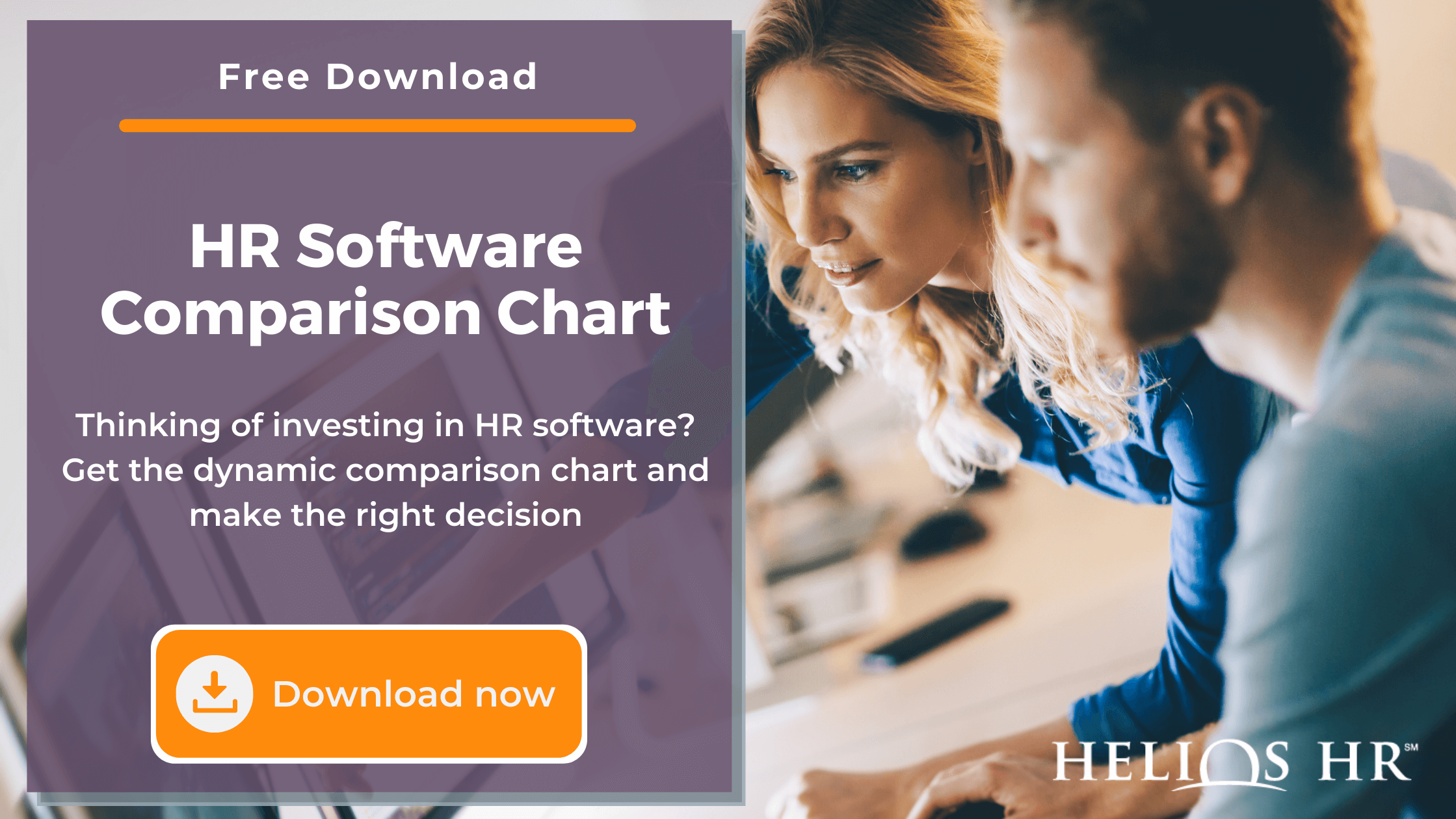By: Debra Kabalkin on April 29th, 2015
What is HRIS Software and the Cost?
As HR professionals, we know that having a Human Resource Information System (HRIS), also referred to as a HR Management System (HRMS), has a myriad of advantages. If implemented correctly, an HR technology platform allow for the most beautiful streamlining of processes. This includes taking out any manual steps that can sometimes lead to a single point of failure in any process.
You understand the value, but how do you justify to senior leadership the value of implementing a HR technology system? My recommendation as a consultant is to always start by demonstrating the impact of creating a more efficient and effective HR function and how that affects the bottom line.
Now you might be wondering, how do you justify the cost to the executive team? Have you ever thought about what is the cost of not implementing a HRIS system?
4 Cost-Saving Reasons to Purchase a HRIS:
1. Access to Company Data
Many companies are still tracking their employee data on manual spreadsheets. This data can range from applicant tracking data, turnover metrics, to vacation accrual balances. I have even seen instances where data is kept on spreadsheets which are stored on the HR leader’s desktop computer. What happens if the HR leader is not at work one day? How do you get that data? Is this really the most secure way to house your employee and company data?
2. Accuracy of Company Data
Think of the financial implications to the company if an employee’s vacation accrual is keyed incorrectly; and this employee is overpaid when they leave the company. The company has now incurred a loss, making a negative financial impact on the bottom line - all due to data that was manually keyed incorrectly.
3. Improved Risk Control
In today’s regulatory environment, companies must ensure they are doing everything they can to limit their risk and comply with the regulations. The penalties and fines associated with non-compliance can be staggering. Some examples are:
- ACA: W-2 per form reporting violations begin at $30 up to a maximum of $1.5 million per year.
- I-9 form: paperwork errors between $110 and $1,100.
- COBRA: $100-per-day nondeductible excise tax per violation. If more than one qualified beneficiary is in the family, the IRS excise tax is $200 per day.
4. Time Management
Benefits administration can be one of the most time consuming tasks for HR departments. Some of the processes include enrolling new hires into the benefits plans, facilitating open enrollment for all company employees annually, and handling employee status changes throughout the year if they have a qualifying event. If you are doing all of these processes manually, unfortunately, there are many opportunities for errors.
A HR Management System allows a business to streamline the administration of employee benefits by removing the manual tasks. With ESS (employee self-service), employees can electronically enroll in benefit plans and if your workforce is large enough many carriers will establish electronic feeds from your HRIS to their electronic system. With ESS employees can log into the system to monitor and update their coverage, and even add or drop dependents throughout the year (if applicable). A self-service system allows benefits to be administered with less manpower than a manual system.
Related reading: The Complete Guide to HRIS and HR Software
The value added by a HRIS system enables HR departments to spend less time on administrative tasks and more time on strategic initiatives. With the ability to capture data from the new system to create leadership training programs, succession plans, and HR metrics, now your HR function can move to the next level within your organization to achieve greater results.






